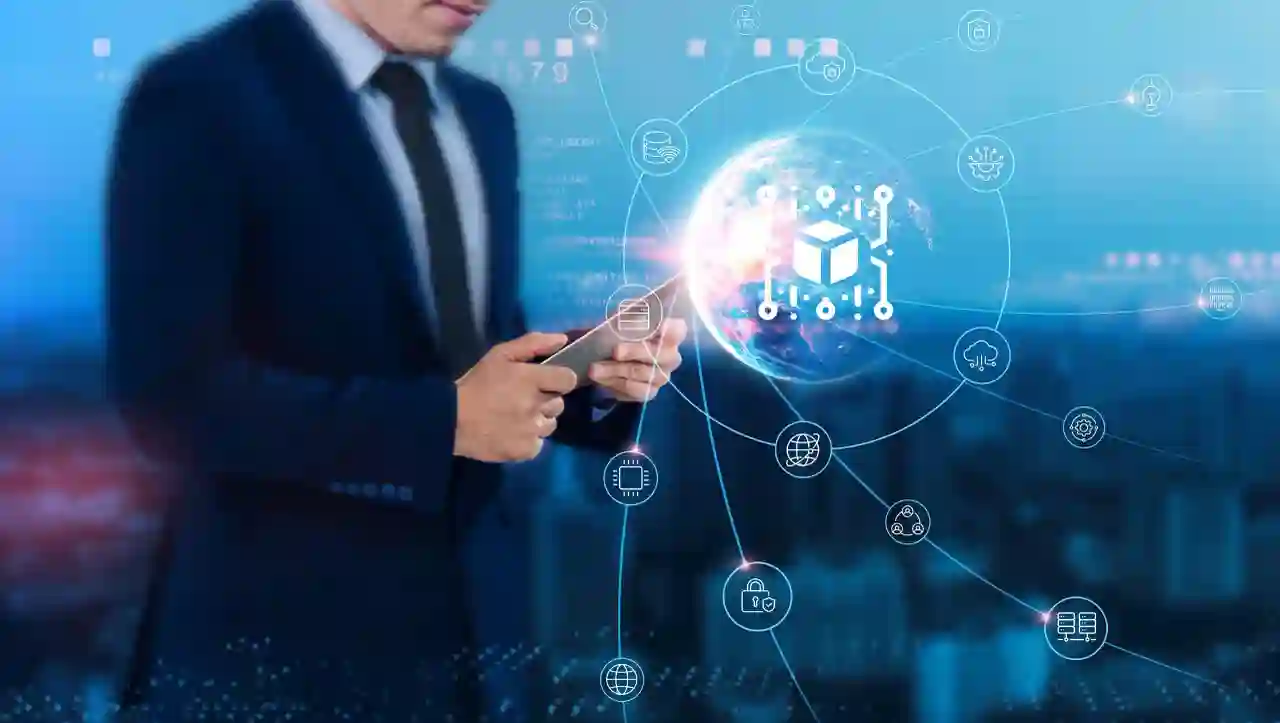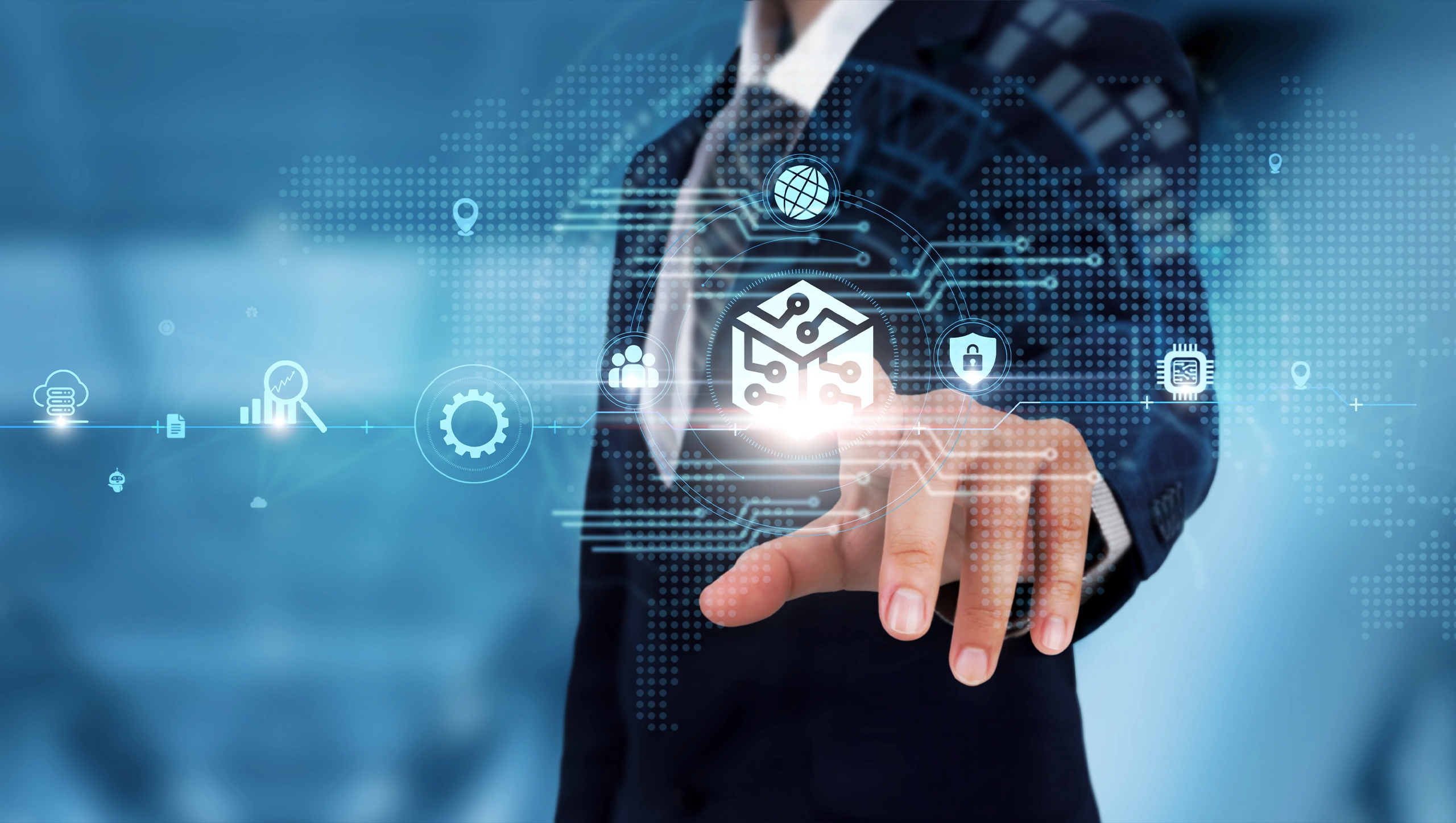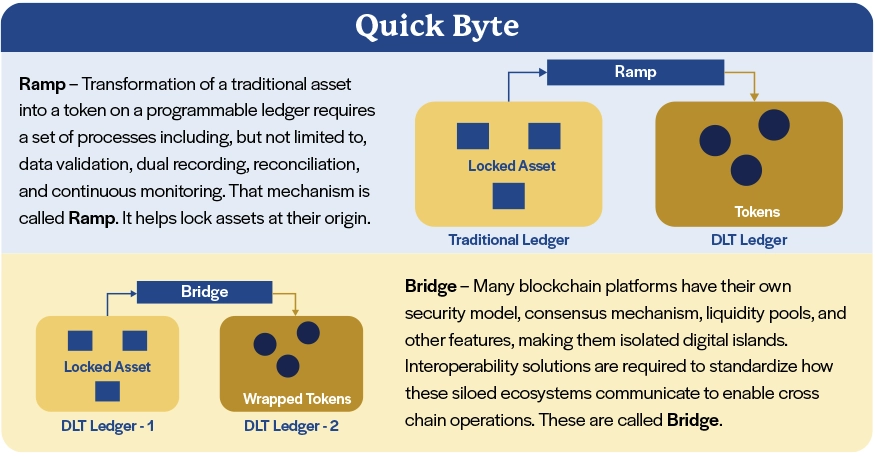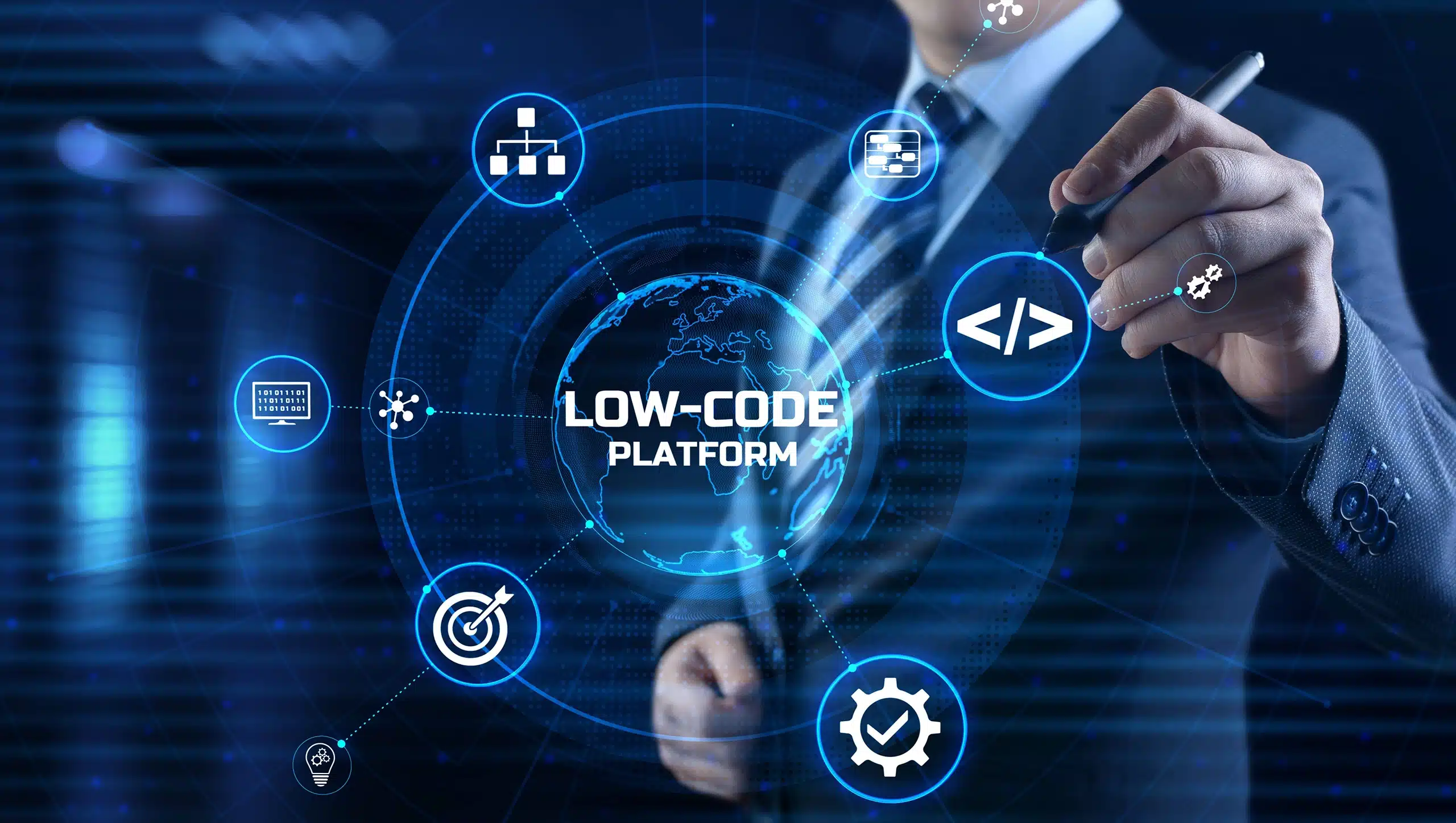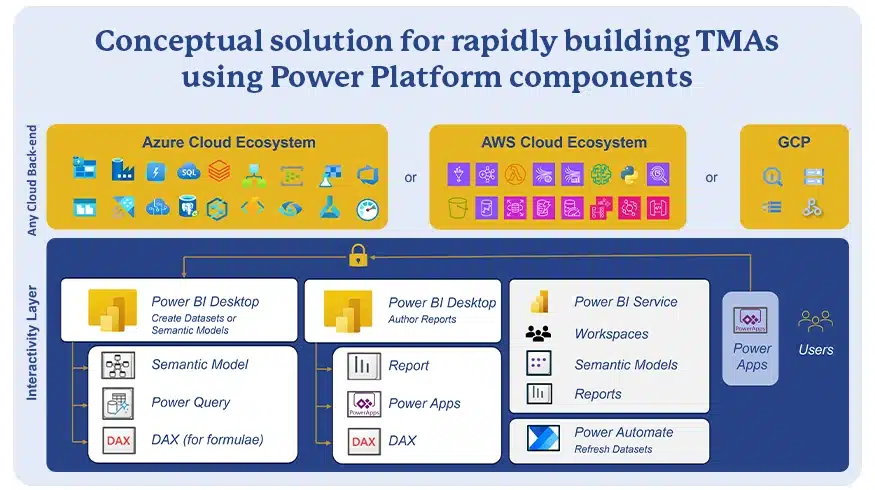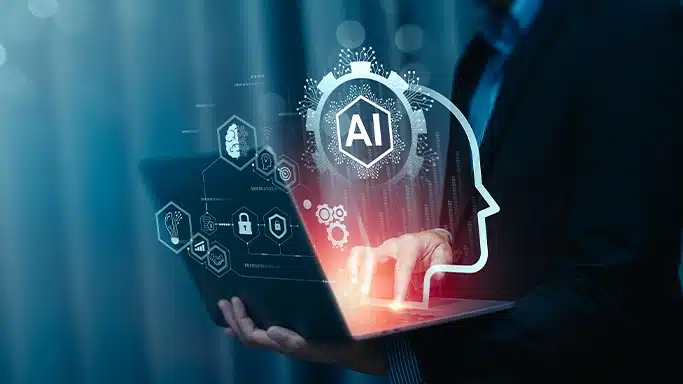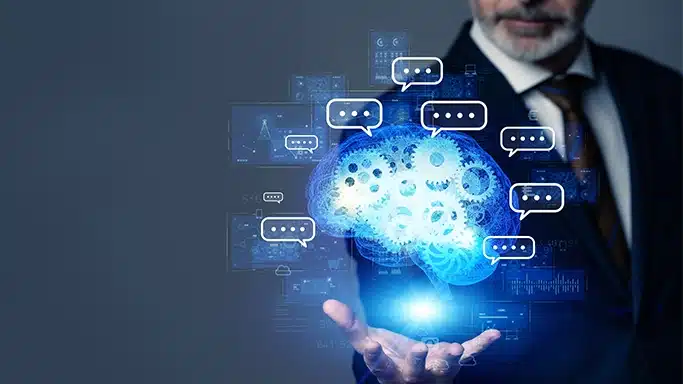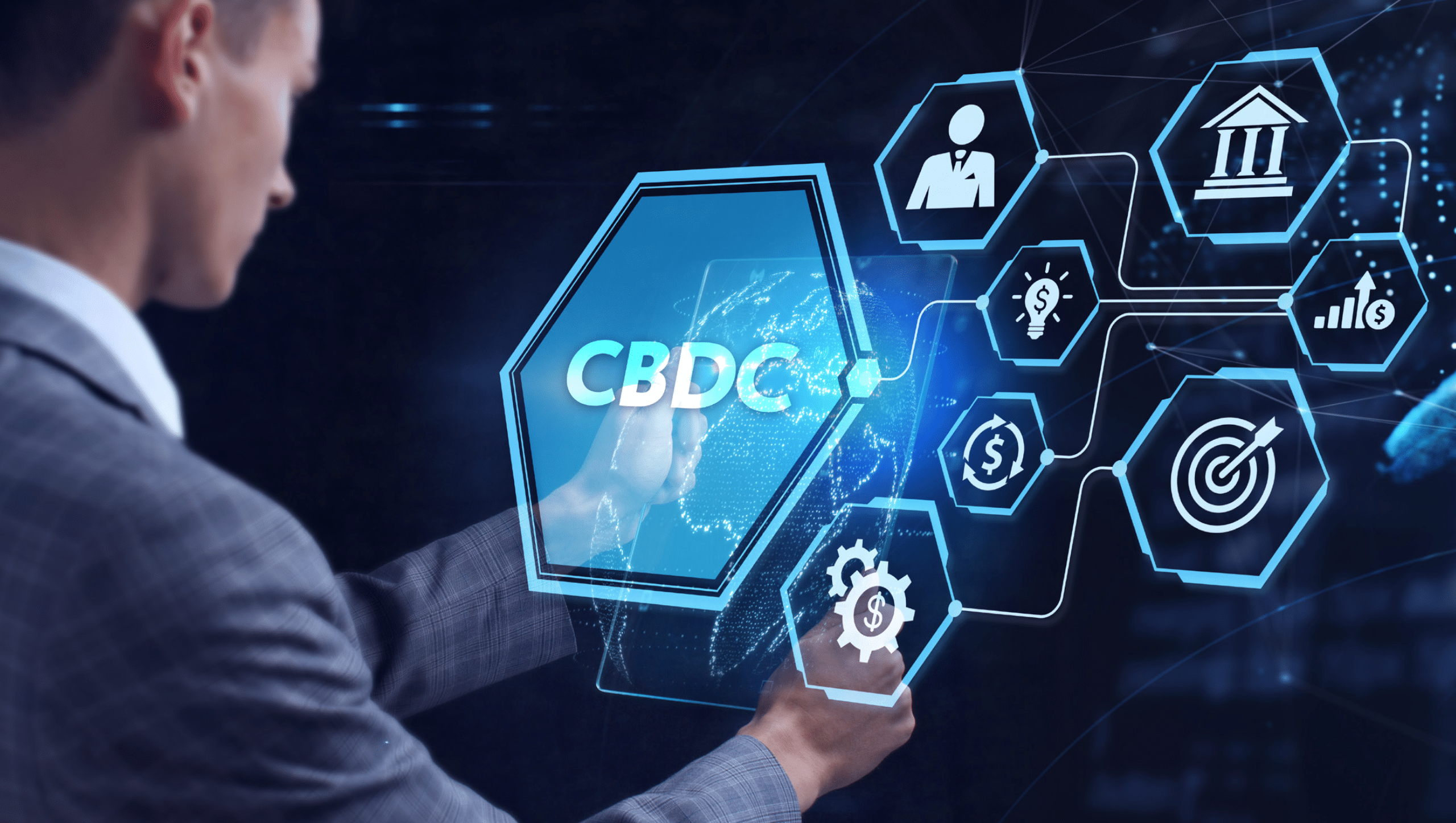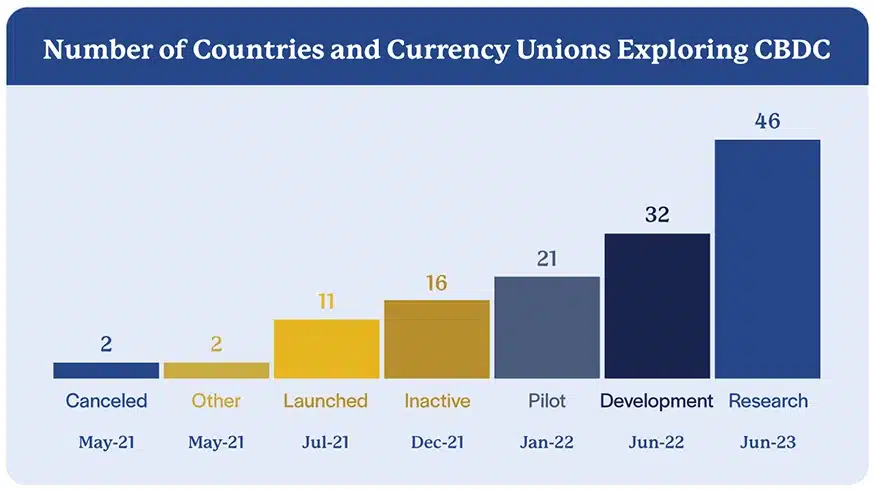Home » Services » Automation » Page 3

The evolution of quality engineering
Quality engineering in software development empowers organizations to achieve heightened quality, scalability and resilience.
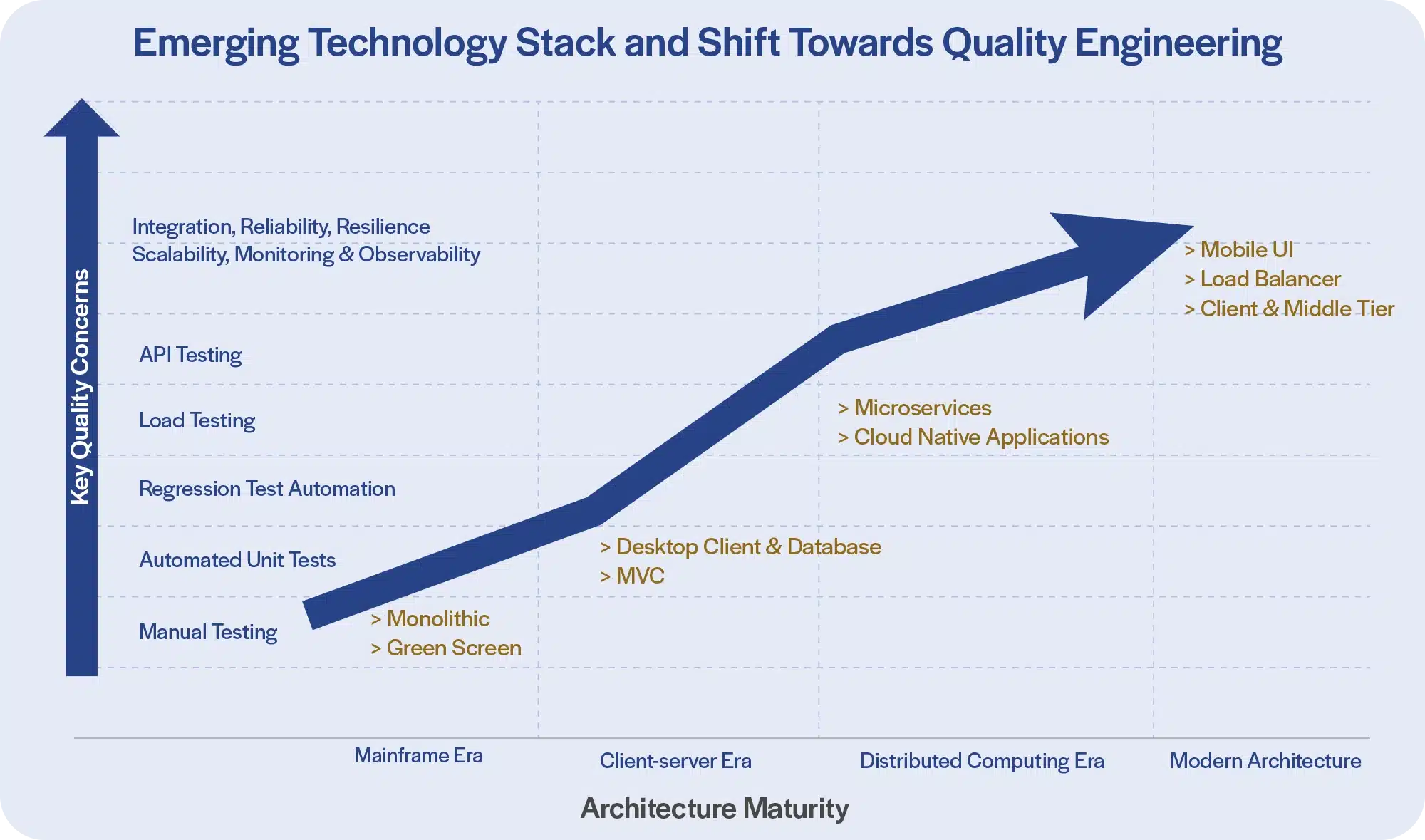
Quality Assurance (QA) has long been essential in software engineering, ensuring the development of products and applications with established standards and metrics. But QA has been reactive, focusing on defect detection through manual and automated testing. With the evolution of software development technology and methodologies, the limitations of traditional QA are evident. This perspective paper delves into the evolution of Quality Engineering (QE), which has transformed the approach to software quality. QE goes beyond QA and Test Automation to integrate quality practices throughout the Software Development Lifecycle (SDLC); it also addresses complexities in modern architectures such as microservices and cloud environments.
The journey from QA to QE is marked by several key milestones. Initially, software testing was a separate phase, conducted after development was complete. With the advent of Agile and DevOps methodologies, the need for continuous testing and early defect detection became apparent. This shift fostered the evolution of testing practices, embedding quality checks throughout the development cycle with the emerging adoption of cloud-native modern architecture, paving the way for what is now called Quality Engineering. Unlike the reactive nature of traditional QA and QA Automation, QE represents a proactive and integrated approach throughout the development lifecycle.
Organizations can significantly enhance product or application quality, optimize development workflows, and mitigate risks by addressing QE concerns at every phase of the SDLC. They could leverage structured QE approaches as mentioned above, and focus on a holistic view of quality in modern architecture.
Read our Perspective Paper for more insights on the evolution of quality engineering in software development.
Contact
Our experts can help you find the right solutions to meet your needs.
Get in touch